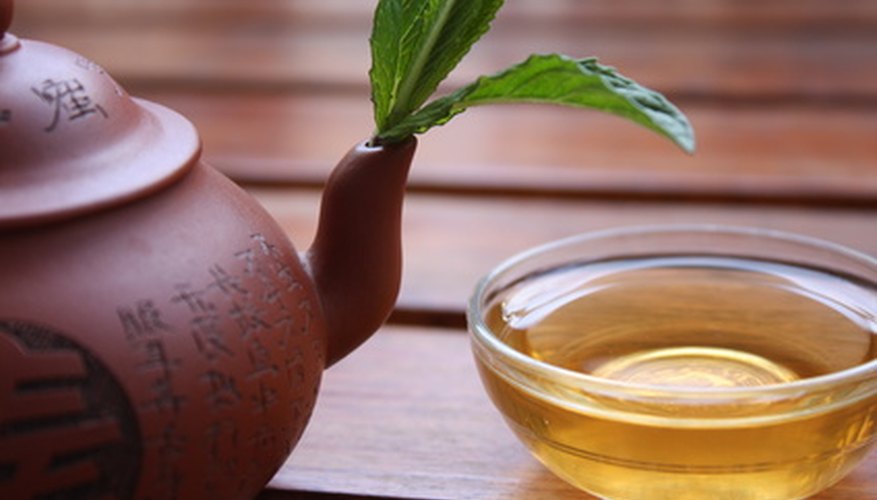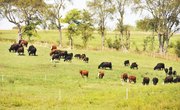
Cordyceps sinensis is a mushroom that grows in the Himalayan mountains of the Tibetan Plateau region. It is known by the name “Chinese Caterpillar Fungus” because it is a parasite that grows in the wild on the larva of the ghost moth.
Demand for this mushroom for use in extracts for Chinese medicine is strong both in coastal Chinese cities, as well as, in more recent years, for world export, and it has become a significant cash crop in the Himalayas.
There are many species of the cordyceps. However, the cordyceps sinensis is the most significant in terms of worldwide demand. It is sold in a number of forms including whole-dried for use in cooking, capsule, powder and liquid.
Growing Cordyceps sinensis
Live cordyceps sinensis extracts
Silk worm residue
Rye grain
Plastic bags, glass jars
Temperature, humidity control equipment
Place cereal grain, such as rye, in a dry plastic bag or glass jar. Make sure to sterilize with hot water or other method beforehand. While cordyceps sinensis grows on moth larva in the wild, it can also be grown in other hosts such as rye grain, millet or rice. Rye or millet produces a higher quality product than rice.
Additionally, in China or countries other than the United States, a high quality product can be obtained using silk worm residue from dead silk worms. While these are easy to obtain in China and Japan, they are regulated in the United States and most growers there use grains. Silk worm residue from dead silk worms produces a higher quality product than does use of grains.
Inoculate the substrate of rice, millet, rye or silk worm extract, with the cordyceps sinensis fungus. Temperature should be 68 to 74 degrees F. There should be diffuse light and atmospheric oxygen conditions comparable to sea level. Growth under these conditions should be for 28-30 days.
Move the fungus and substrate in its glass or plastic containers to a controlled environmental chamber with 50 percent oxygen, and 50 percent nitrogen, carbon monoxide and carbon dioxide. The temperature should be thirty-seven degrees F with no light. The fungus should grow under those conditions for 15-20 weeks.
Harvest and process the mushrooms. The chemical composition of the cordyceps sinensis grown under these conditions will be almost identical to that in the wild. The mushrooms should be dried and can be sold as it is to consumers, or for processing into powder or liquid for use in the Chinese medicinal market.
Items you will need
References
- MyKo Web: The Evolutionary Story of Cordyceps and its Allies; Thomas S. Jenkinson; January, 2010
- Alhoa Medicinals.: Cordyceps
- Northwest Botanicals: THE HYBRIDIZATION OF CORDYCEPS SINENSIS STRAINS AND THE MODIFICATIONS OF THEIR CULTURE PARAMETERS, IN ORDER TO OPTIMIZE THE PRODUCTION OF TARGET MEDICINAL COMPOUNDS
Writer Bio
Scott Wolfenden began writing in 2006 on the subject of mental health. He has written a book on ADHD, children's mental health, education and parenting partially based on experience teaching in public schools. He blogs for Learning Things, an educational products website. He graduated from Thomas Edison State College with a Bachelor of Arts in social science and additional coursework in psychology.



